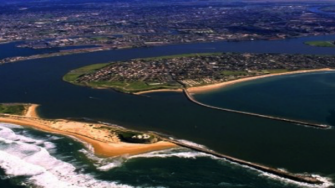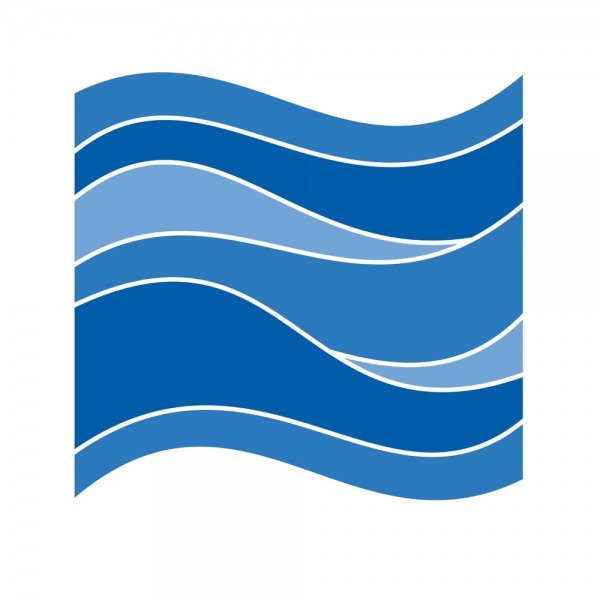
Year: 2013
The Hunter Estuary includes all tidal waters of the Hunter River and its tributaries. This includes the banks and beds of the waterway from the Port of Newcastle to the tidal limits at Seaham Weir (on the Williams River), Gostwyck (on the Paterson River) and Oakhampton (on the main Hunter River).
The Hunter River Estuary is home to:
- A vast range of land tenures and management priorities from conservation to industry.
- A Ramsar listed wetland of international significance.
- The largest coal export port in Australia being of local and national economic significance.
- A range of commercial activities including tourism, commercial and recreational fishing.
For more information on the background of the study area, refer to the City of Newcastle website at: http://www.newcastle.nsw.gov.au
-
Various hydrodynamic modelling studies have previously been undertaken for the Hunter Estuary. In many cases these projects repeat (versus build upon) the work of previous studies and the project outcomes are isolated. The aim of this project is to provide a coordinated whole-of-government modelling approach for the Hunter Valley (including the estuary). The approach will use the best available data, produce consistent results, reduce uncertainty and be available for use by regulators, proponents and decision-makers.
It is proposed that the development of the Hunter Valley Hydrodynamic Platform and Model(s) will be undertaken in 3 Stages. Stage 1 of the development of the model will consist of the preparation of the scoping study. This scoping study aims to collate the available information, determine the needs of the estuary stakeholders and ensure that future modelling builds upon previous efforts. If done effectively, with transparent governance and active stakeholder engagement, significant scientific and cost-savings benefits will result.
-
- An innovative and important project to examine the future of data sharing and computer modelling of the Hunter River Estuary
- To ensure all stakeholders are consulted, information sharing workshops are being held
- The outcomes from the workshops will help determine future involvement and consultation
-
The Water Research Laboratory (WRL) has teamed up with the City of Newcastle Council (Council), NSW Office of Premier and Cabinet and NSW Office of Environment and Heritage (OEH).
The success of the project is reliant on strong communication between WRL, the Project Team (Council and OEH) and key stakeholders.
-
- Identify the modelling needs of key stakeholders
- Undertake a review of existing data and models for the Hunter Valley and identify any data gaps
- Recommend the types of platforms and model packages that could be used
- Identify appropriate governance arrangements for the model including custodianship and options for access and maintenance of the model
- Provide recommendations on the future staging, timeframes and costs for the development of the model
-
In a broad sense, the modelling process starts with a “bucket of water” (i). Site features are then incorporated into the model domain including site topography, channel network systems and backswamp areas. Field measurement and monitoring techniques (ii) are used to provide information on how the site functions including hydrodynamic processes and to validate the model.
Irrespective of its size and complexity, a model is simply a tool that incorporates site characteristics and field data into a mathematical approximation of reality. This is achieved by dividing the study area into discrete pieces (or grid cells) and applying mathematical equations within each grid cell to simulate the real system (iii). Once a model has been developed and validated it can be used as a predictive tool to test “what if” scenarios in a range of applications.

